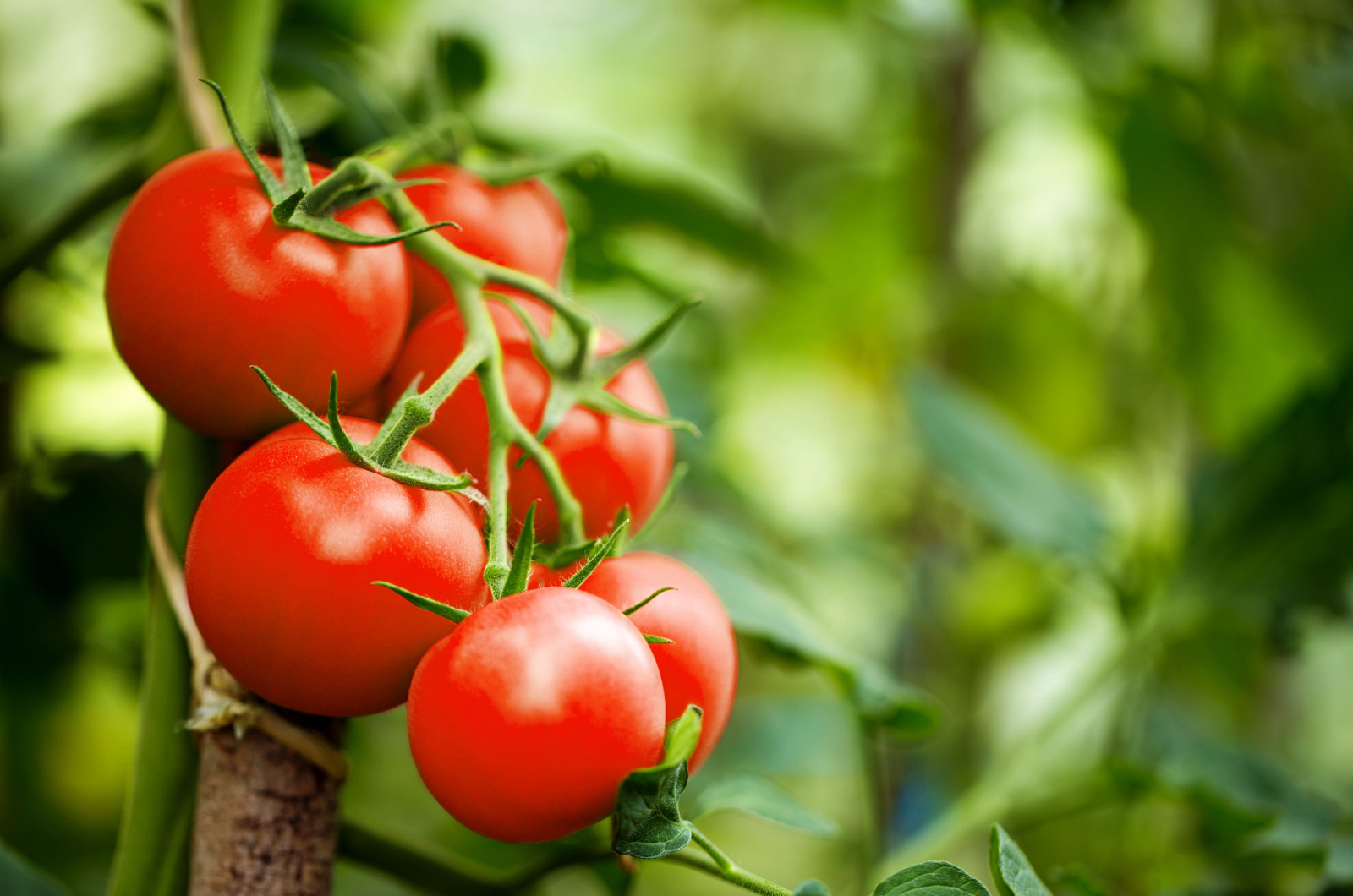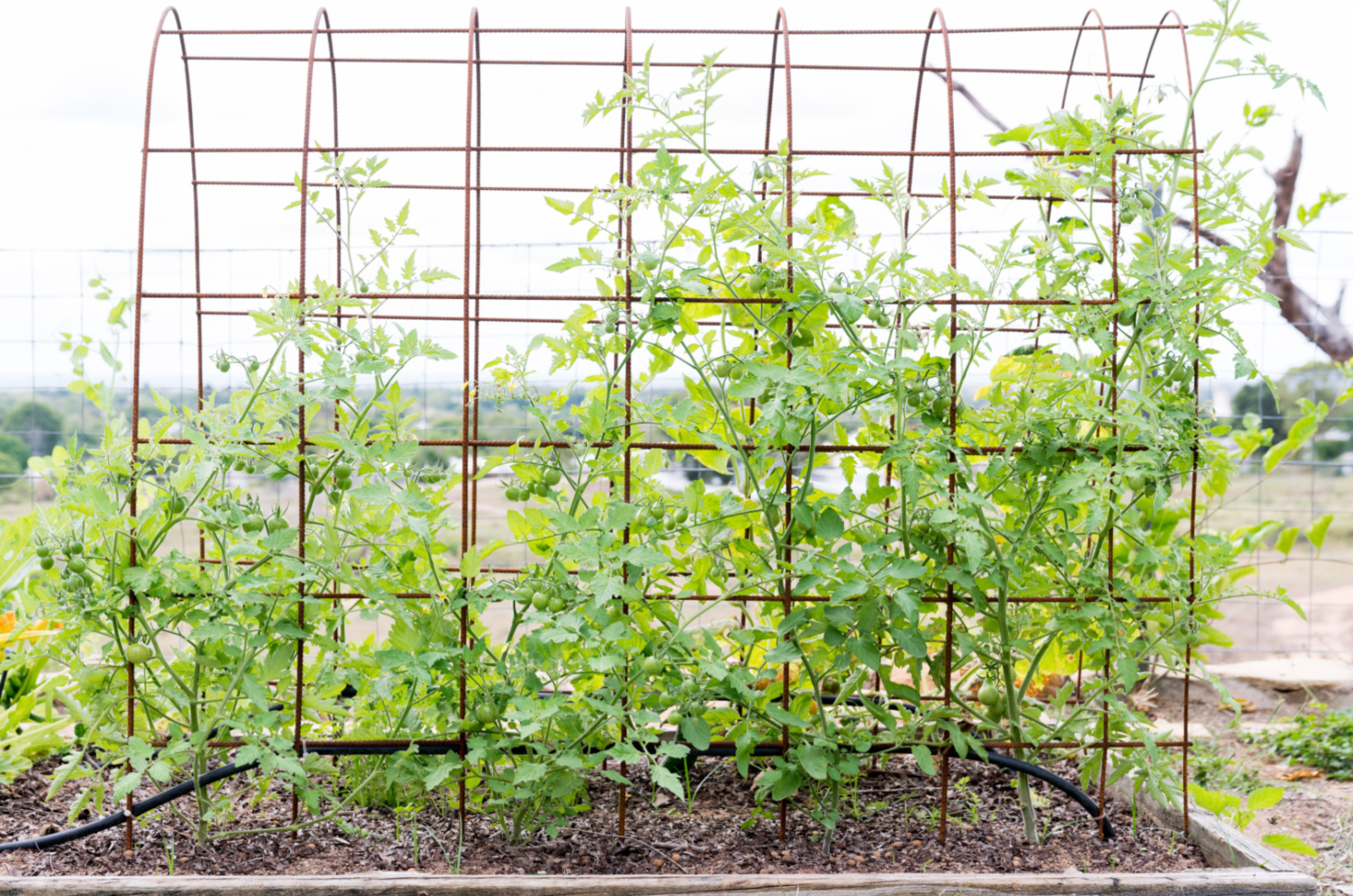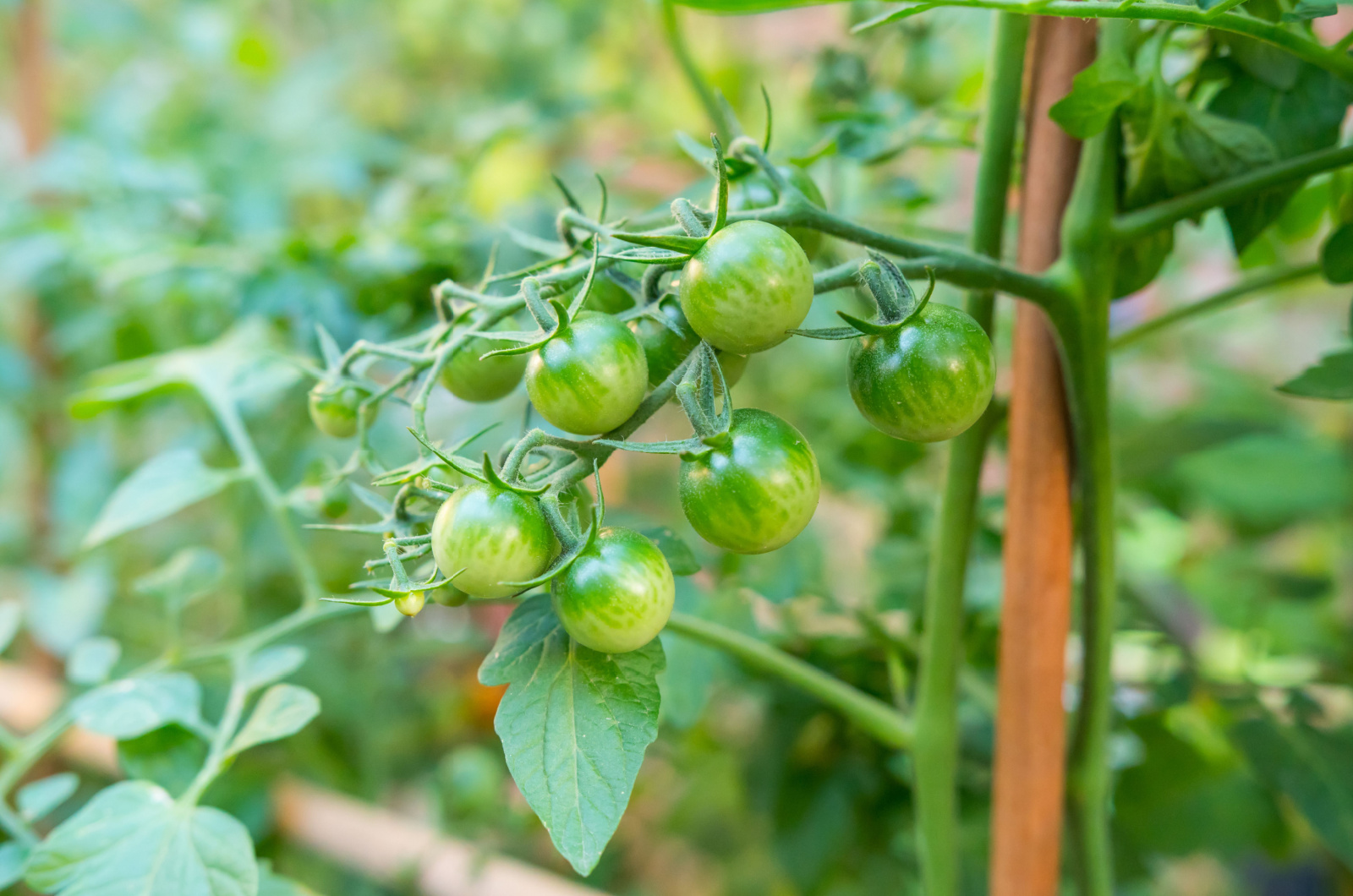The number of gardening trends is increasing and I’m sure you would like to try each and every one of them, but it’s simply impossible.
Some trends do stand out, especially those that are oriented toward plant health and make our gardens visually appealing at the same time.
My favorite by far is growing tomatoes on an arched trellis. This fantastic method will give you a bountiful harvest of healthy, delicious, and juicy tomatoes!
In this article, I’ll show you everything from making a sturdy trellis to caring for your prized tomatoes.
Let’s get started!
Why Grow Tomatoes On An Arched Trellis?
Growing tomatoes this way offers various benefits for the gardener and, of course, the plants.
This innovative approach optimizes your gardening space, enhances air circulation, maximizes sunlight exposure, and provides superior support for your tomato vines.
The first benefit is saving space, which is particularly valuable if you have a limited gardening area to work with. The way the arch is constructed allows maximum usage of the vertical space while meeting the plants’ growth requirements effectively.
This type of trellis promotes airflow, which contributes significantly to the health of your tomato plants.
It will prevent overcrowding, which ultimately minimizes the risk of diseases that occur in overly wet conditions. Good air circulation prevents the development of mold and mildew that can lead to serious issues.
The arched trellis will also ensure enough light for each tomato plant due to its distinct design. Your tomatoes will grow up and over the structure and receive a lot of full sun, which will result in a high yield!
When compared to traditional stakes or cages, an arched trellis offers better support for these veggies.
The weight of the adult vines becomes a problem and if the structure isn’t sturdy enough, the stems will break and collapse. An arched trellis helps avoid this problem and creates a neater look.
Last but not least, you’ll harvest your tomatoes easily because all the fruits are within reach; no bending, kneeling, or twisting!
Selecting The Right Materials
Before you start making the trellis, you should think about the materials you’ll use. Remember, it must be made of durable materials and should be completely safe for your veggies. Here are the recommended materials!
Wood
You should avoid using treated lumber because it can leach chemicals. However, there are several naturally decay-resistant wood options.
Cedar, cypress, and redwood aren’t prone to rotting or pest infestation, which makes them a suitable choice for your trellis.
Heavyweight Fencing Materials
To get a sturdy structure, you should combine the selected wood with heavyweight fencing materials.
For instance, livestock panels make an excellent choice because they’re strong and durable. Concrete mesh has also proven to be long-lasting and sturdy so it’s another great option for your tomato arched trellis.
Supplies For Connecting Materials
You’ll need the right supplies to connect your selected materials together securely, especially if you have fast-growing varieties.
T-posts make a good choice because they give robust support to wooden arches and can be driven into the ground, making a stable base.
You can also use twine to tie the vines to the trellis because they won’t harm or squeeze the plants, but will give them the right support instead.
How To Build An Arched Trellis
Let’s build an arched trellis!
Determine The Size
To make a good arched trellis for your tomatoes, you need to consider two things: how tall it should be and how wide the tunnel part should be.
It should be tall enough so that you can walk under it comfortably, and it also has to be strong enough to hold up your tomato plants.
For the tunnel part, I recommend a width between four and six feet. Additionally, you should ensure structural support every two to four feet to keep it sturdy.
Assemble The Structure
Here are the steps for making an arched trellis.
1. Prepare the supplies: As mentioned above, panels or mesh are good options.
2. Prepare the base: Start with making two raised beds side by side and leave enough space between them for your trellis. Make sure the width of the arch matches the gap between the raised beds.
3. Attach the panels: Connect each end of the cattle panels to the T-posts or wooden posts in the ground, making sure it’s firmly attached so it won’t wobble or fall over.
4. Create the arch: Bend the cattle panels over the gap between the raised beds to form an arch. Attach the edges of the arch to the opposite posts and repeat this procedure until the trellis is as long as you want it.
Which Tomato Varieties Grow Best On Arched Trellises?
The essential thing to pay attention to when choosing a tomato variety to grow on an arched trellis is its growth habit.
These veggies can be vining or bush types; the first ones keep growing all season and can get pretty tall, even up to 8 to 10 feet or more. They keep producing fruit for a long time and a sturdy trellis is exactly what they need.
They’re referred to as indeterminate varieties and they’re more suitable for arched trellises.
Here are some varieties to consider.
• Cherry varieties: These are some of the sweetest tomatoes and they taste heavenly in salads and are perfect for snacking.
• Beefsteak varieties: These tomatoes generate large fruits and they’re perfect for sandwiches. Black Krim and Cherokee Purple are some of the most popular cultivars.
• Heirloom varieties: These come in all sorts of flavors, colors, and shapes and are often found in US gardens.
Bush varieties grow more compact and produce fruit over a shorter period. They usually stay around 3 to 4 feet tall and might not be the best for arched trellises.
But if you still want to grow them, you can use smaller supports like a stake or a small cage. Roma tomatoes and Patio tomatoes are determinate varieties that can grow well when supported.
Planting And Spacing Of Tomatoes On Trellises
Proper planting technique and ensuring enough space between the plants will give you healthy and delicious fruits.
Before you plant, make sure your garden soil has lots of nutrients and compost to give your vegetables a good start.
When planting your tomato seedlings, give them enough space to increase airflow around them, give them enough sunlight, and leave room for their vines to grow.
If you’re using wire cages, put the indeterminate varieties about 2.5 to 3 feet apart so they can spread out. If they’re growing on the ground, leave about 3-4 feet between each plant.
How To Care For Tomatoes On An Arched Trellis
Once your trellis is assembled and you have planted your tomatoes, it’s time to see how to keep these veggies happy and healthy!
Watering And Soil Type
If you want a lot of fruits you need to pay close attention to how and when you water your tomatoes.
These plants need approximately 1.5 inches of water weekly and the key is keeping the soil consistently moist.
Waterlogging may cause tomato roots to rot, so never water if the soil is still too wet to touch.
Uneven watering is a frequent cause of splitting and cracking in tomato fruits.
One of the best ways to prevent water accumulation in the soil is by ensuring a free-draining soil type. Compost will ensure the necessary nutrients and help the soil retain just as much water as tomatoes need.
Pruning And Training
The way you train and prune your tomatoes can also affect the airflow, decrease disease susceptibility, and enhance the overall health of the plant.
Your tomatoes will develop best if you remove the lower leaves and make sure the vines don’t touch the ground. Tying the stems to the arch will help you train the plants to climb.
If some suckers emerge between leaf branches and the main stem, simply cut them off.
Always remove damaged, deformed, or diseased foliage to prevent infections and pest infestation.
Finally, do not prune your tomatoes heavily because you’ll expose the plant to too much sun and it will get stressed, which can affect further growth and fruit production.
Pest And Disease Control
When grown on arched trellises, these veggies are less susceptible to pests and diseases, but you should still inspect them for issues.
Aphids, whiteflies, and tomato hornworms may appear but if you spot them in time, they won’t harm your veggies.
Tomato blight is the most common disease but there’s no need to be afraid if you ensure the proper conditions and monitor the plants regularly.
What Can You Use Instead Of Arched Trellises?
If, for some reason, you can’t use an arched trellis, there are some good alternatives.
For instance, you can stake your tomatoes using some sturdy materials, such as metal or wood.
Cages made of metal, wire, or wood also make a good choice, as do A-frames and vertical support systems.
Tomatoes also make perfect greenhouse vegetables so if you have one in your garden, now you can have a new green buddy.
Netting is also a suitable option, especially if you grow taller cultivars.
For me, arched trellises are the ideal structures for growing tomatoes. You’ll have an abundance of fruits and your garden will look breathtaking during the growing season so it’s a win-win situation!





